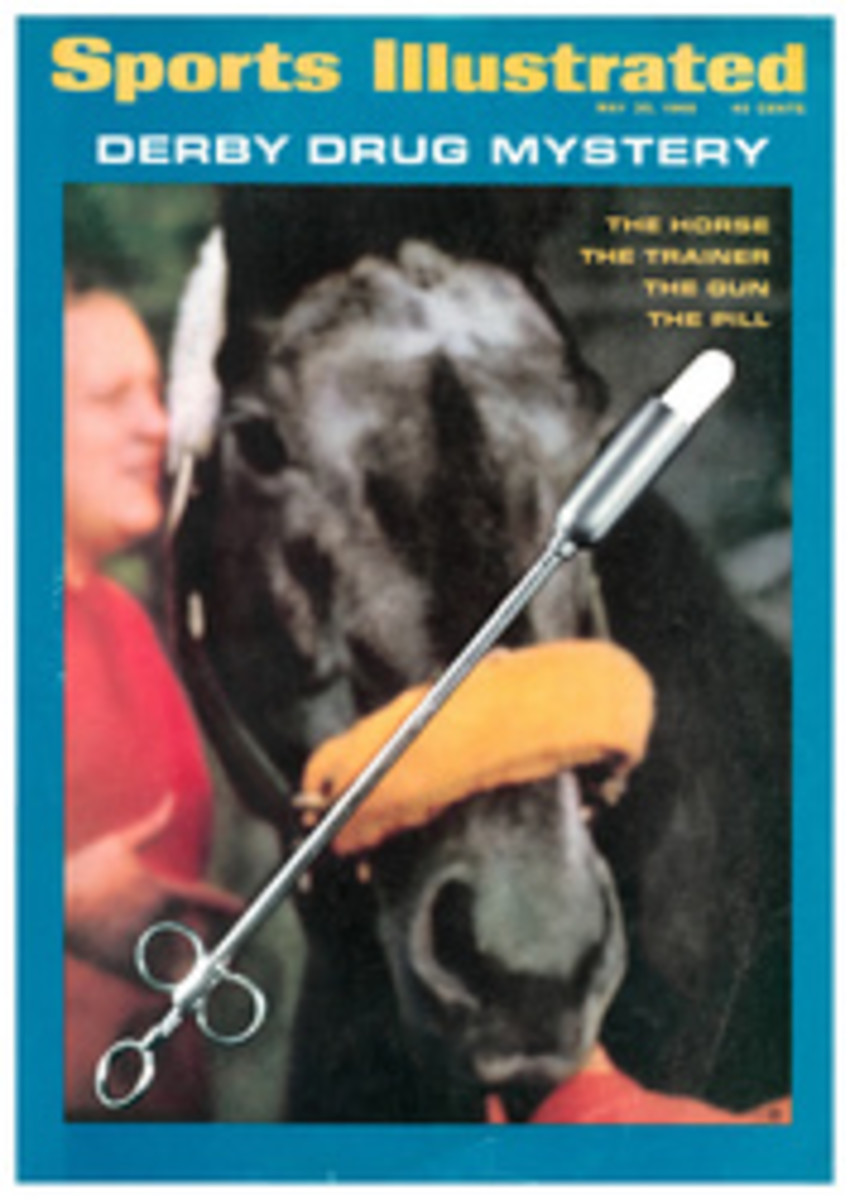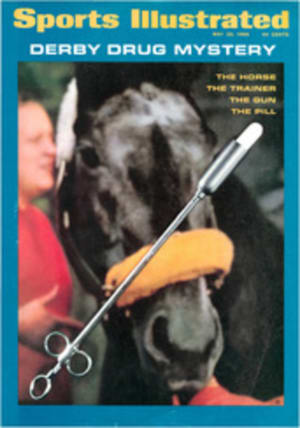
As an artist Ray Harm is soaring, but as an author he remains down-to-earth
There isn't much news about nature in The Ray Harm Nature Sketchbook (World Publishing Co., Cleveland and New York, $7.95). Even if they don't know it already, readers probably will manage to keep their cool at hearing that the Kentucky cardinal has been chosen as the state bird by seven states, thereby passing the western meadowlark, which has been selected by only six. Actually, what makes the publication of this handsomely illustrated volume interesting and started people talking about it (particularly in Louisville) is the astonishing success story of the man who wrote and illustrated it.
Ray Harm is not primarily a writer; he is a painter of birds, and his book is entertaining largely because it reflects the delight he has found in that vocation. As an ornithological expert, Harm has no hesitancy about imparting familiar and even fairly obvious information. "Birds are most distinguishable...by their ability to fly," he writes, "and probably next noted for their ability to sing." But he enlivens his reflections with close personal observations and a habit of sharing with the reader his own sense of surprise at the wonder of nature. He tells us, for instance, that wood ducks, which nest in trees, fly so fast approaching their holes that one often expects to see them come right out the other side of the tree. There are pleasant reminiscences from his boyhood in the West Virginia mountains, where he was born in 1926. His principal asset is a homey, matter-of-fact delivery in place of the patronizing air that many outdoor lovers have come to expect from their guides. In a chapter about wild mushrooms, for instance, Harm frankly admits, "I rarely eat other than two species—both easily identified."
What is missing from the book is any discussion of the phenomenon of Ray Harm as an investment, but this is a story that belongs less in a book about nature than in a Wall Street prospectus. Three years ago you could pick up a Harm print of a Kentucky cardinal pair for $10. Now it'll cost you $400. Until early last year it was possible to buy a print of his painting of a bald eagle family for $35. Now a single print sells for $1,100. A print of another of Harm's paintings has sold for $2,500.
No educated ornithologist, horseplayer, art collector, or Dow-Jones market analyst could have anticipated it. The great John James Audubon, who was a lot more successful than most, made a bare living with his bird paintings, and the originals of his folio of The Birds of America were sold after his death for a little more than $20 per painting. What then makes Harm such a good bet? The answer may lie in a fortunate combination of audience, current concern and varied talents. In addition to being a painter of bold, colorful, Audubon-like bird pictures, Harm is a showman, a fiddler and singer of country music, a onetime circus rider with Ringling Brothers, a former cowboy, a rodeo performer, newspaper columnist, television personality and the most successful proselytizer in the annals of the Audubon Society. There were only 217 Audubon members in all Kentucky last year. Harm headed a membership drive, with the result that there are now 1,500 in Louisville alone.
Harm's father was a mountain man and a fiddler; his mother was also a musician of sorts. Compelled to take classical lessons on the violin as a child, Ray ran away from home at 13 when his parents were divorced. After that he worked in Omaha stockyards and on a ranch in Nebraska where a circus was wintering. There he learned to do trick riding, the three-horse spread, teeter-totter and dance steps. He also drew pictures of horses. He was appearing in Colonel Jim Eskew's rodeo in Rochester, N.Y. when he joined the Navy. After three years in the Pacific he tried to enroll in the Cleveland Institute of Art but was turned down because he had no high school education.
A friend got him a commission to paint a set of birds for Wood Hannah, a Louisville businessman. By then Harm's health was failing, and he was at the point of leaving for the West to try ranching when he stopped in Louisville to tell Hannah his paintings would be a little delayed. Like the Louisville businessmen who combined to sponsor Cassius Clay, Hannah and other admirers organized Ray Harm Wildlife Art, Inc. to produce prints of Ray's bird paintings. The prints sold for $10 and only a few were produced, after which the plates were destroyed. This accounted for the subsequent boom when Harm became locally famous, which he soon did. When he appeared on television in an hour-long nature ramble, The Courier-Journal & Times Magazine called his show "the finest, most artistic thing ever to come from a Louisville station."
In an age when "folk rock" and "country" are the most favored musical styles on the air, the success of a man who can approach nature in the same artless fashion may not be too surprising. Even as a naturalist, Harm is not ashamed to repeat, without too obvious tongue in cheek, the story of how his Uncle Oscar was chased by a snake which, when Oscar began to pull away, "grabbed its own tail in its mouth, pulled itself into a wobbly loop and rolled like a hoop after him."

